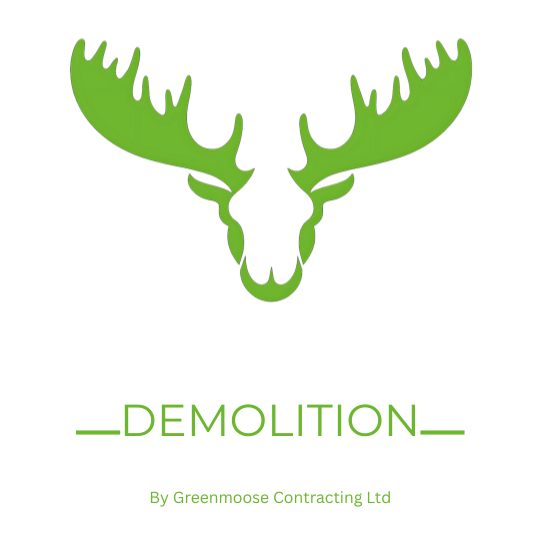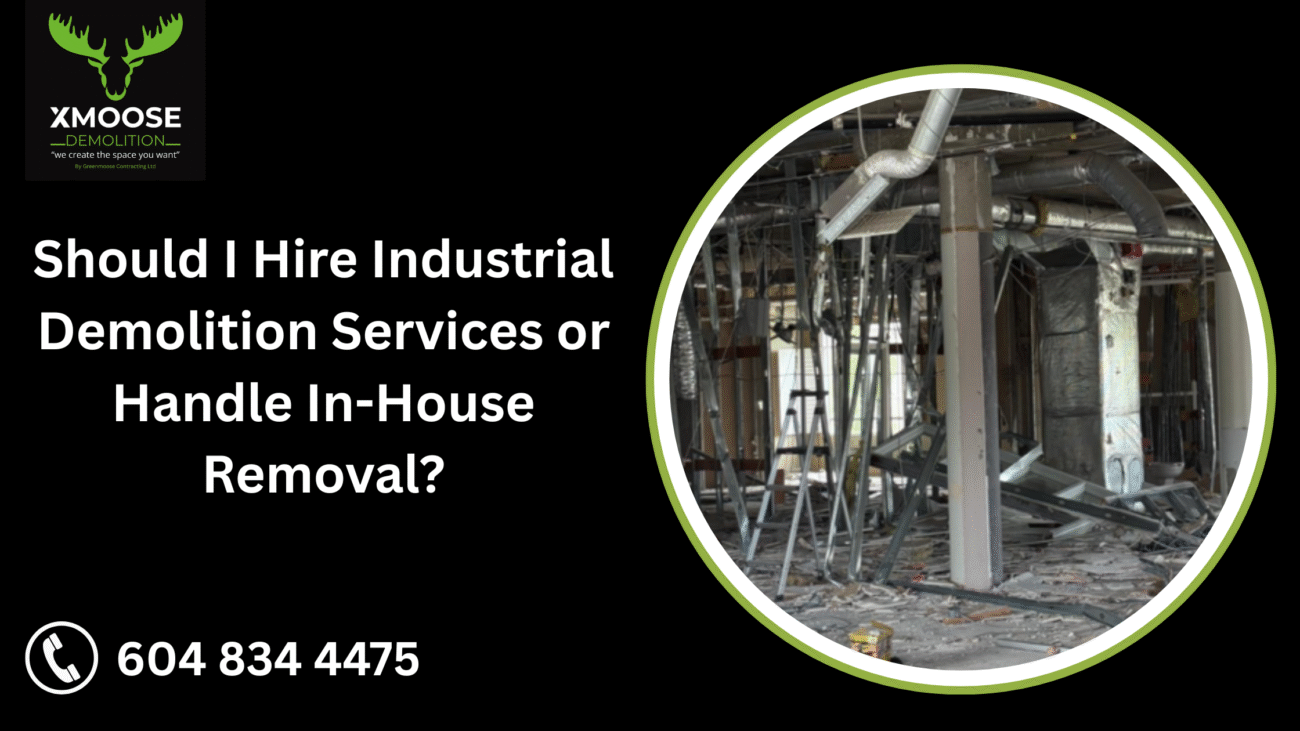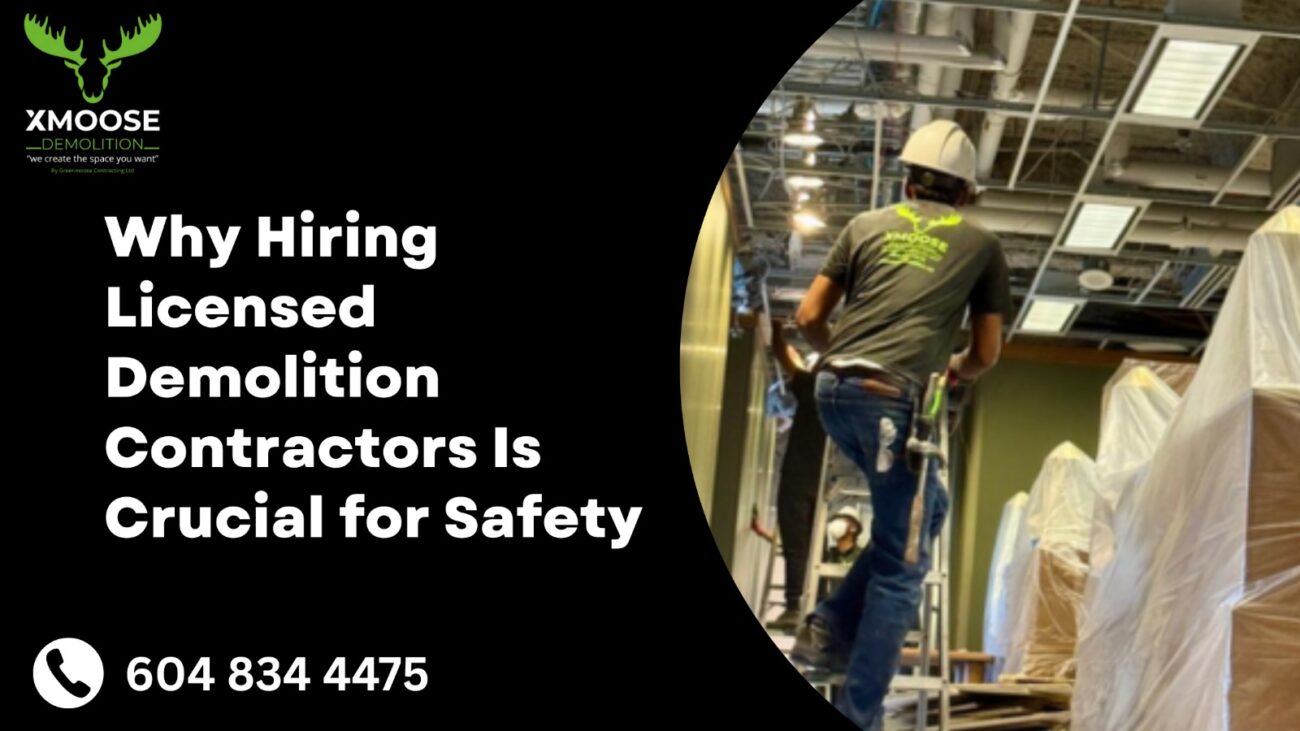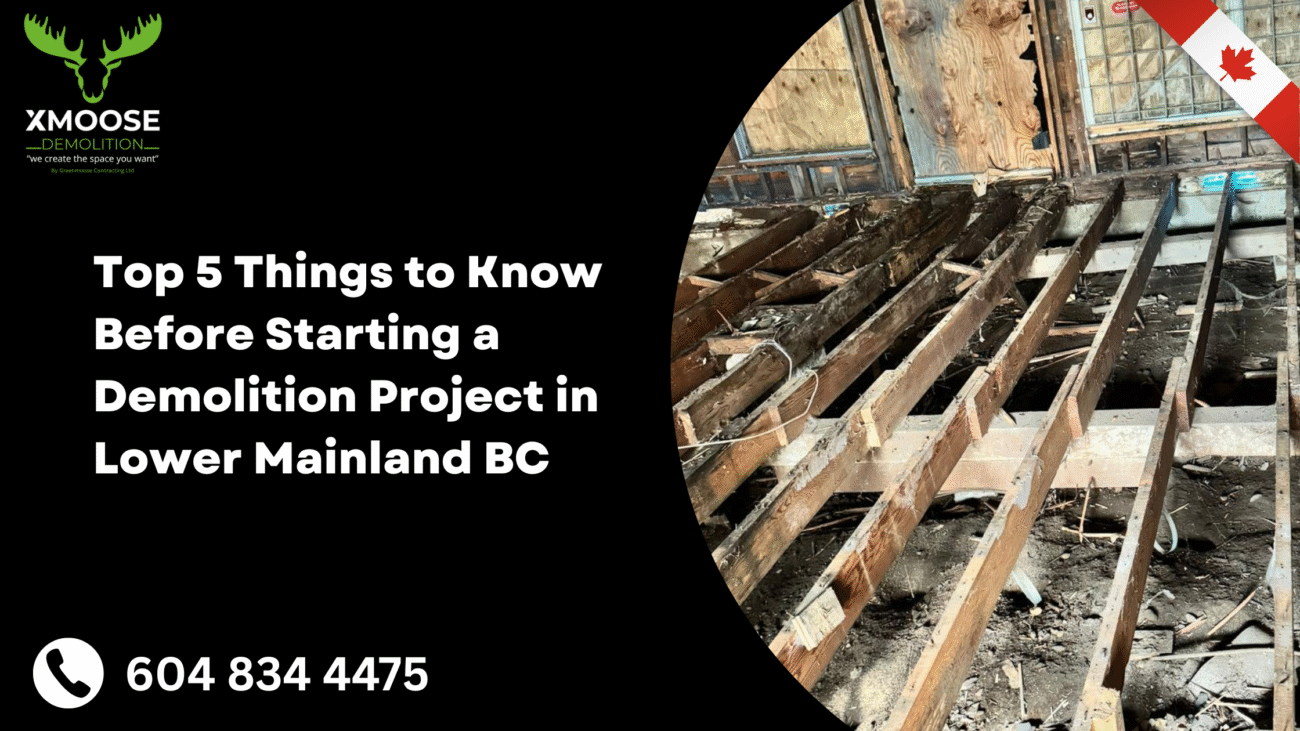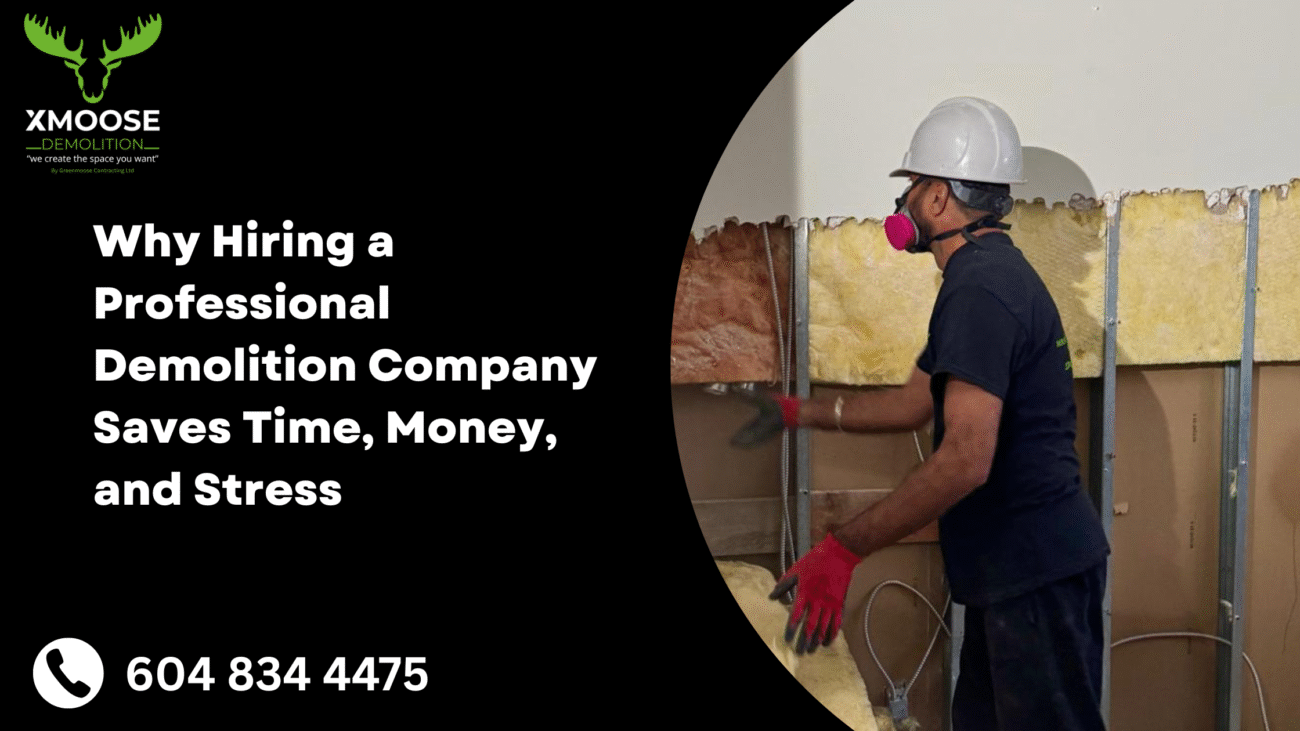When planning a commercial renovation or repurposing an existing space, interior demolition is often the first critical step. However, one of the most common challenges businesses face is estimating the cost accurately. Whether you’re tearing down non-load-bearing walls, removing flooring, or stripping a space down to its shell, understanding what drives demolition costs can save you from budget overruns and project delays.
At XMoose Demolition, we bring years of experience to commercial interior demolition projects across Lower Mainland BC, and here’s what you need to know to estimate costs accurately.
1. Assess the Scope of Demolition Work
The first step in accurate estimation is a thorough walkthrough of the site. Are you demolishing a single retail store interior or clearing out an entire office floor? The more extensive the demolition, the higher the cost.
Key Scope Factors:
- Number of rooms or zones
- Ceiling and flooring removal
- HVAC or plumbing disconnection
- Asbestos or hazardous material removal
2. Understand the Building Materials
The types of materials used in your commercial space directly impact demolition difficulty and disposal costs.
Common examples:
- Concrete or masonry walls require heavy machinery and more labor.
- Drywall and tile are easier and cheaper to remove.
- Steel reinforcements in walls or ceilings can add complexity and cost.
Identifying these elements helps estimate labor, equipment, and waste disposal needs.
3. Consider Accessibility and Location
In places like Lower Mainland BC, building access can vary greatly. Limited loading zones, upper-floor locations, or working in busy urban areas like Vancouver or Surrey can all impact cost.
Accessibility Factors:
- Freight elevator availability
- Proximity to disposal containers
- Working hours (some buildings restrict night or weekend work)
4. Factor in Waste Disposal Fees
Waste management is a big part of demolition costs. You’ll need to account for:
- Hauling and bin rental fees
- Landfill or recycling charges
- Hazardous material disposal (if applicable)
Recycling materials such as metal or concrete can help reduce costs and environmental impact—something we always aim for at XMoose Demolition.
5. Labour and Equipment Costs
Demolition isn’t just about brute force—it requires skilled labour to ensure safety and compliance with local regulations. Depending on the job’s complexity, you may need:
- Manual labour for precision work
- Excavators, skid steers, or floor strippers
- Safety personnel or certified asbestos handlers
These variables contribute significantly to your final cost.
6. Check for Permits and Compliance Requirements
In British Columbia, especially in commercial buildings, certain demolition tasks require city permits or hazardous material reports. Failing to comply can lead to costly fines and delays.
XMoose Tip: Always consult a licensed demolition company like us to manage permitting, inspections, and compliance upfront.
7. Request a Detailed, Written Quote
A professional demolition contractor should provide a written quote with:
- Line-by-line breakdown of services
- Estimated timeline
- Cleanup and disposal costs
- Contingencies for hidden surprises
At XMoose Demolition, our free site inspections and transparent estimates help clients avoid guesswork and keep projects on track.
Final Thoughts
Estimating the cost of commercial interior demolition accurately comes down to detailed planning, local knowledge, and partnering with the right contractor. At XMoose Demolition, we serve all of Lower Mainland BC with fast, safe, and reliable demolition services—custom-tailored to your project needs and budget.
